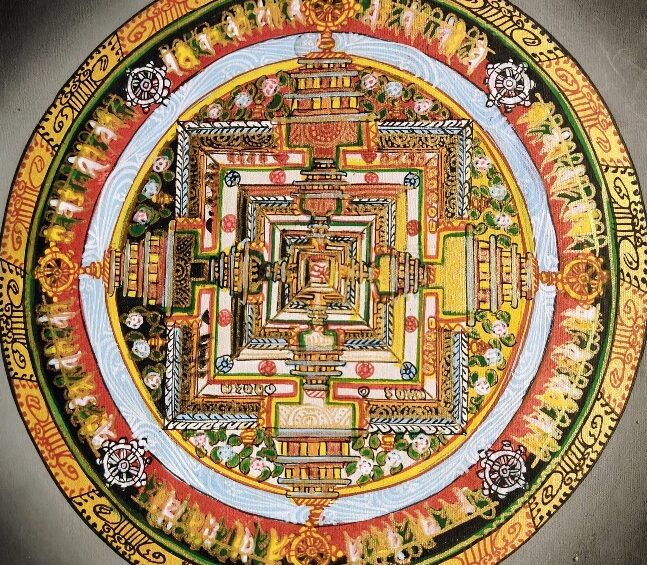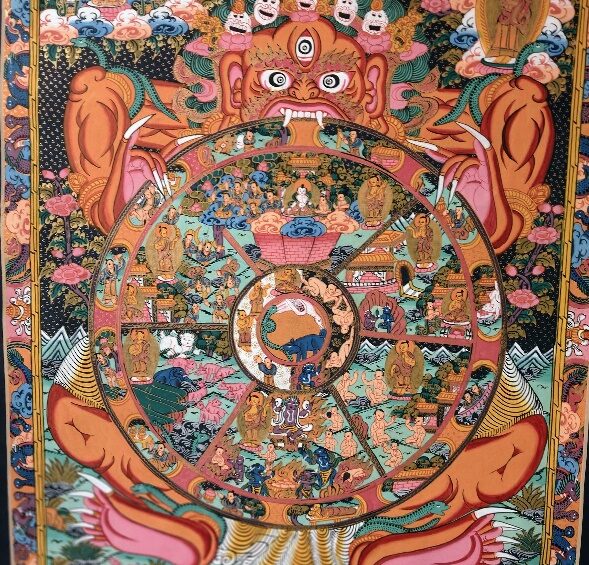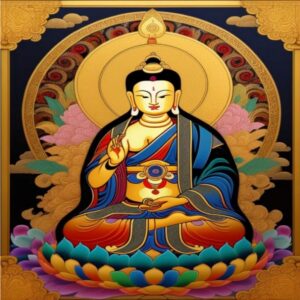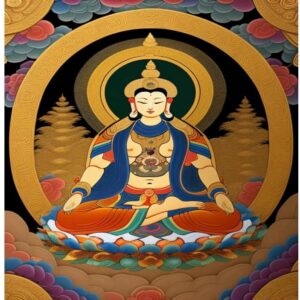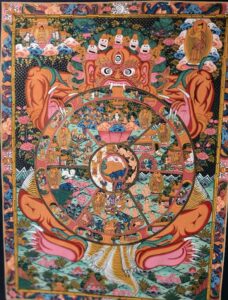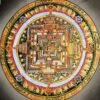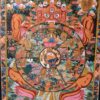Thangka portray may be a customarily shape of Tibetan Buddhist craftsmanship that has been practiced for centuries. These complex and amazingly dynamic works of art are profoundly respected for their enormous devout and social importance, serving as visual helps for contemplation and instruments for transmitting otherworldly lessons.
Key Highlights of Thangka portray incorporate:
Devout Centrality:
Thangkas essentially delineate divinities, Buddhas, bodhisattvas, & different scenes from Buddhist cosmology. These works of art not simply creative expressions but serve as effective devices for contemplation and consideration. They are accepted to help specialists in their otherworldly travel by giving visual representations of sacrosanct concepts.
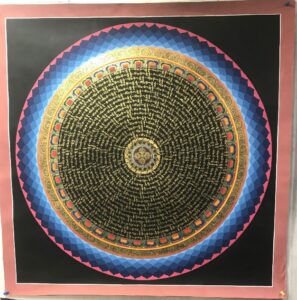
Iconography and Imagery:
Thangkas are characterized by a wealthy imagery. Each color, posture, signal, & trait of the portrayed figures passes on implications. The iconography is carefully endorsed by religious conventions and schools guaranteeing consistency within the representation of different gods and subjects.
Materials and Techniques:
Cotton or Silk canvas are ordinarily utilized to make Thangka Works of art. Characteristic & mineral colors were customarily utilized. Craftsmen utilize exact strategies, frequently utilizing complex brushwork and applying different layers of color to accomplish the specified lavishness and profundity. Gold leaf is regularly utilized to highlight the sacrosanct figures and images.
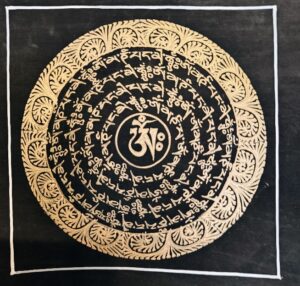
Composition and Plan:
Thangkas take after particular compositional rules. The central figure is as a rule encompassed by a complex course of action of auxiliary figures, typical components, & decorative patterns. The reason is to form a concordant & adjusted visual representation helping in reflection & thought.
Social Legacy:
Thangka portray is profoundly imbued in Tibetan and Himalayan societies. These works of art are not as it were devout artifacts but too genuinely profitable social treasures. The abilities and strategies included in Thangka portray is frequently passed down through eras, contributing to the conservation of a one-of-a-kind creative convention.
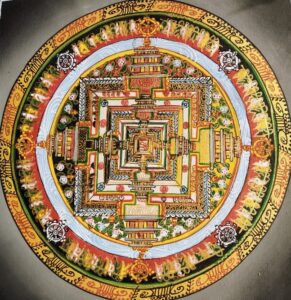
Custom Utilize:
Thangkas play a vital part in religious ceremonies and ceremonies. They are frequently shown in cloisters, sanctuaries, and homes amid celebrations and critically devout occasions. Also, Thangkas are frequently used in devout parades and ceremonies, emphasizing their energetic part in the otherworldly and social life of the community.
Modern Appreciation:
Whereas Thangka portray has profound historical roots, it proceeds to be intensely acknowledged and practiced in modern times. Past devout settings, Thangkas have picked up acknowledgment as really special and lovely pieces of craftsmanship, drawing in collectors and craftsmanship devotees around the world.
In outline, Thangka portray speaks to a significant crossing point of craftsmanship, otherworldly existence, and really social, serving as a unmistakable expression of Tibetan Buddhist convictions and contributing to the wealthy embroidered artwork of worldwide imaginative legacy.

